How strong is a space wrench? Finite element to failure: High-performance, real-world parts
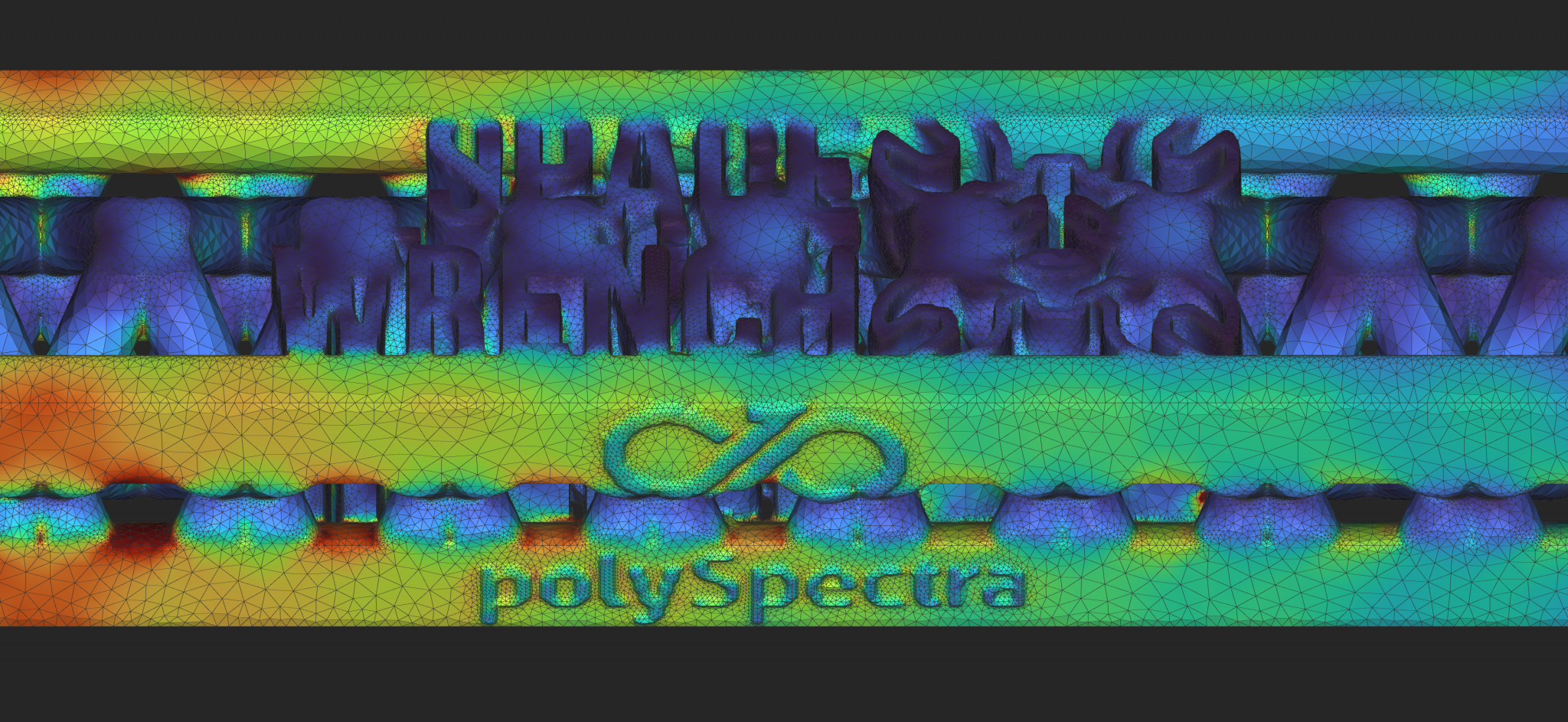
Written by Raymond Weitekamp, PhD
Published on March 5, 2021
The founding mission of polySpectra is straightforward: to create engineering-grade materials for additive manufacturing that help designers, inventors, and engineers make their ideas real. That last word is really key for us. We only focus on what’s real, what’s possible; and if it’s not possible today, we focus on how to make it possible tomorrow.
Introduction to polySpectra
At polySpectra our focus is, of course, materials. That’s what we do, it’s who we are. But those materials don’t exist in a bubble. Whether they’re used for electrical connectors or to create a wrench for use in space (more on that later), materials like our COR Alpha need all the right properties. While we have proved out material properties like mechanical isotropy, there’s obviously a huge difference between what we can prove in a lab and what happens when materials are out in the world.
When it comes to high-performance parts for the aerospace industry, additive manufacturing is making huge headway. As aerospace engineers continue to look more closely at bringing 3D printing to their real-world (and out-of-this-world) applications, failure isn’t an option. Nothing says “mission-critical” more than aerospace. It’s with that in mind that we’re setting about to understand -- and to help you understand -- when and how to work with 3D printing.
_The SpaceWrench
Our CEO, Raymond Weitekamp, recently shared a look into Finite Element to Failure: Simulation and Experimental Fracture Analysis of Lightweight Aerospace Components. The webinar -- with its more digestible subtitle of “How Strong is a Space Wrench?” -- is available to watch on-demand. Whether you’re an aerospace engineer, DfAM lead, or just someone who likes watching things break, this easy-to-follow talk digs into how nTop can be used to set up a Finite Element Analysis (FEA), as well as how to interpret the results in the context of real-world materials failure.
Because we can’t talk about most of the actual work we do -- thanks to NDAs and top-secret projects -- we set out to invent a functional object that would demonstrate the power of implicit design in combination with high-performance, engineering-grade materials. We invented a space wrench. A space wrench? A space wrench. We designed the _SpaceWrench to showcase lightweight lattice structures that are possible with nTop design and highlight the mechanical performance of these intricate structures when 3D printed from COR Alpha.
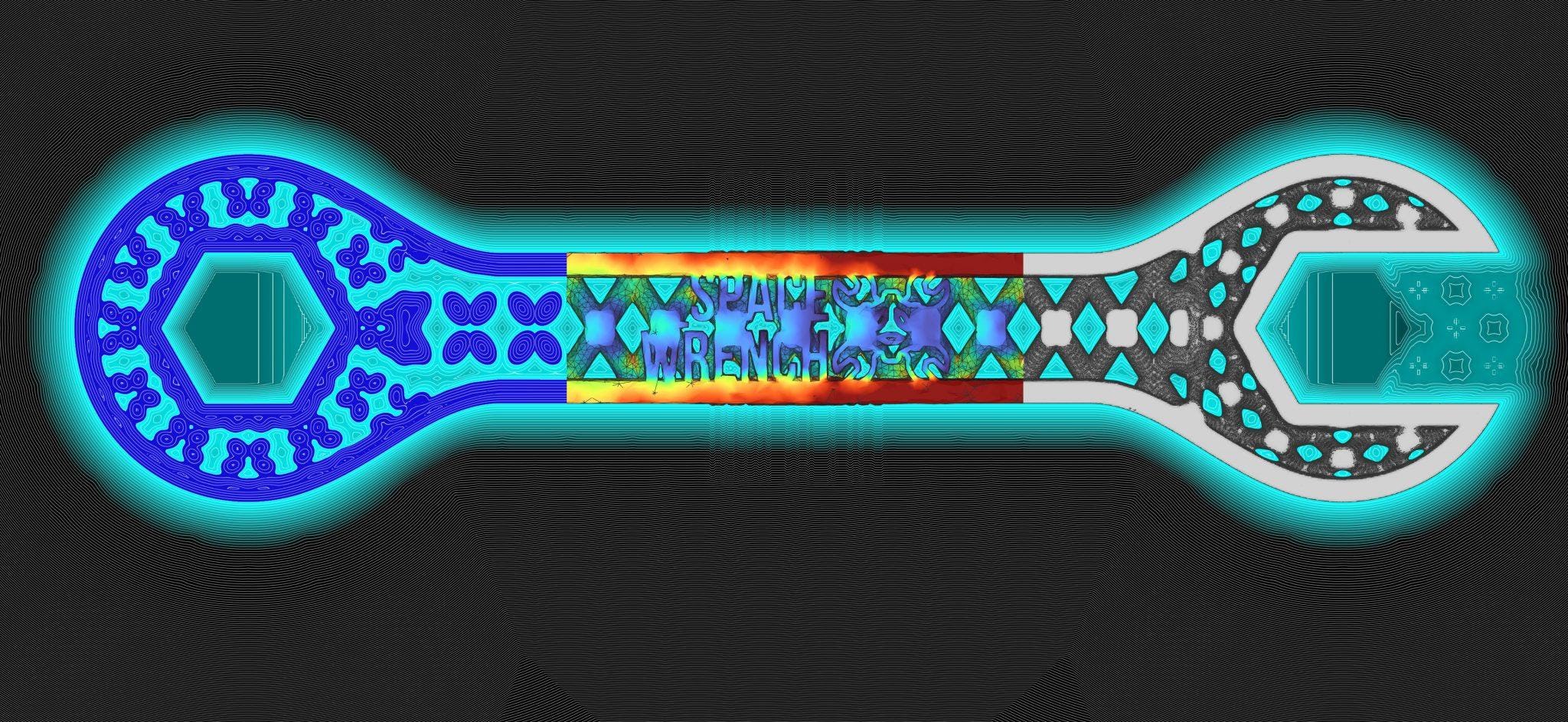
The _SpaceWrench.
COR Alpha is a Cyclic Olefin Resin, a new family of engineering-grade polymers invented by polySpectra. We like to think of it as a true engineering-grade 3D printing resin, establishing a new category of high heat resistance and toughness. It’s specifically for people who care about designing and manufacturing high-performance physical products. That makes it a perfect fit not only for our super-secret customer work, but also for the _SpaceWrench.
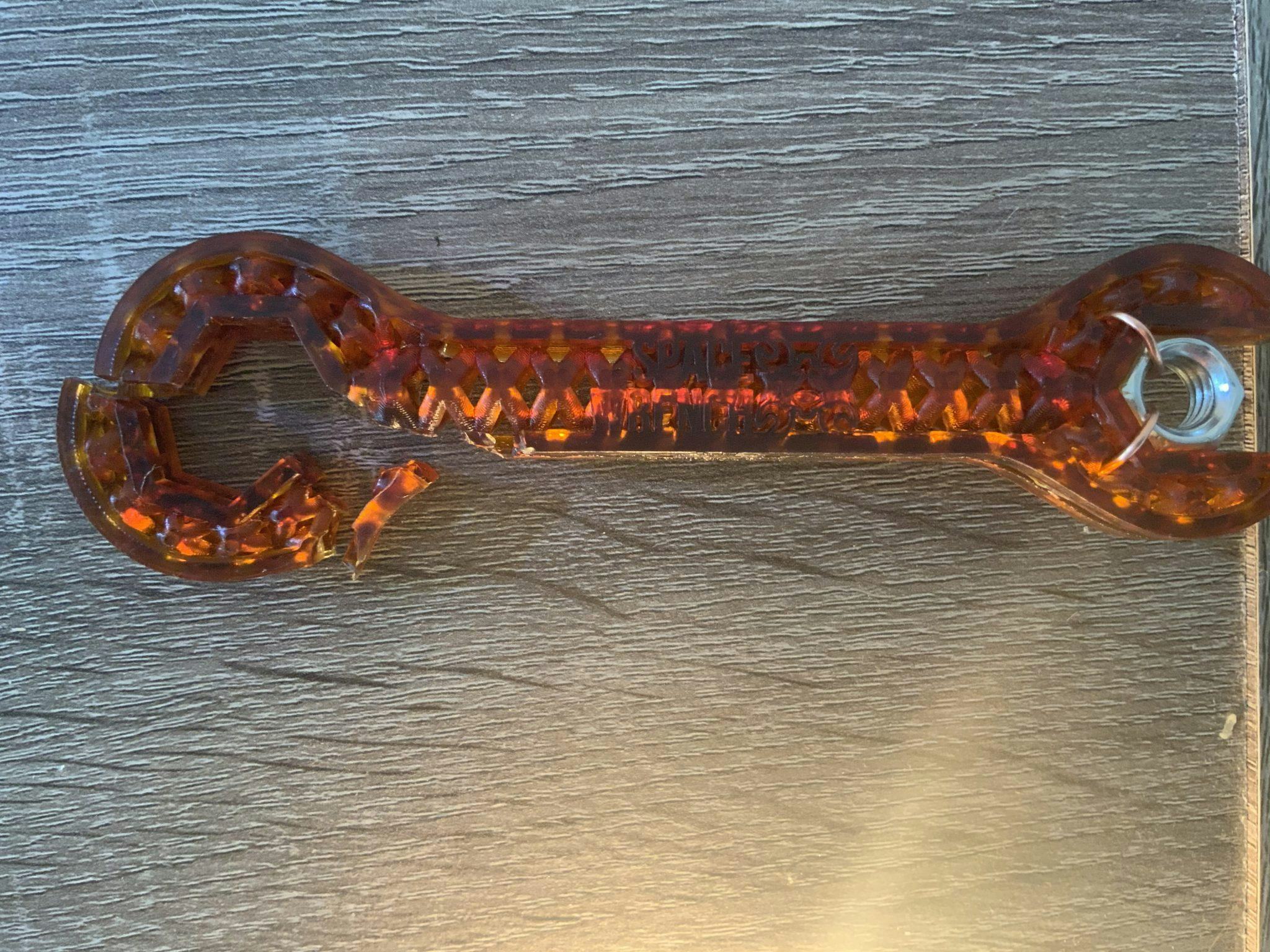
Final (broken) _SpaceWrench manufactured in COR alpha material.
But to actually understand the limits of these capabilities, we needed to break it. When a friendly SpaceX engineer asked how strong the wrench actually is, we set out on a mission to find out.
Finite element to failure
First, we ran the simulation. We input all the design and material attributes into nTop FEA. In the webinar, Raymond runs through a few key points:
- How to set up a Finite Element Analysis in nTop
- Designing and analyzing our lightweight aerospace component entirely in nTop
- How to interpret the results in the context of real materials
- How to traverse the "valley of death" between simulation and experiment
- How strong is the _SpaceWrench?
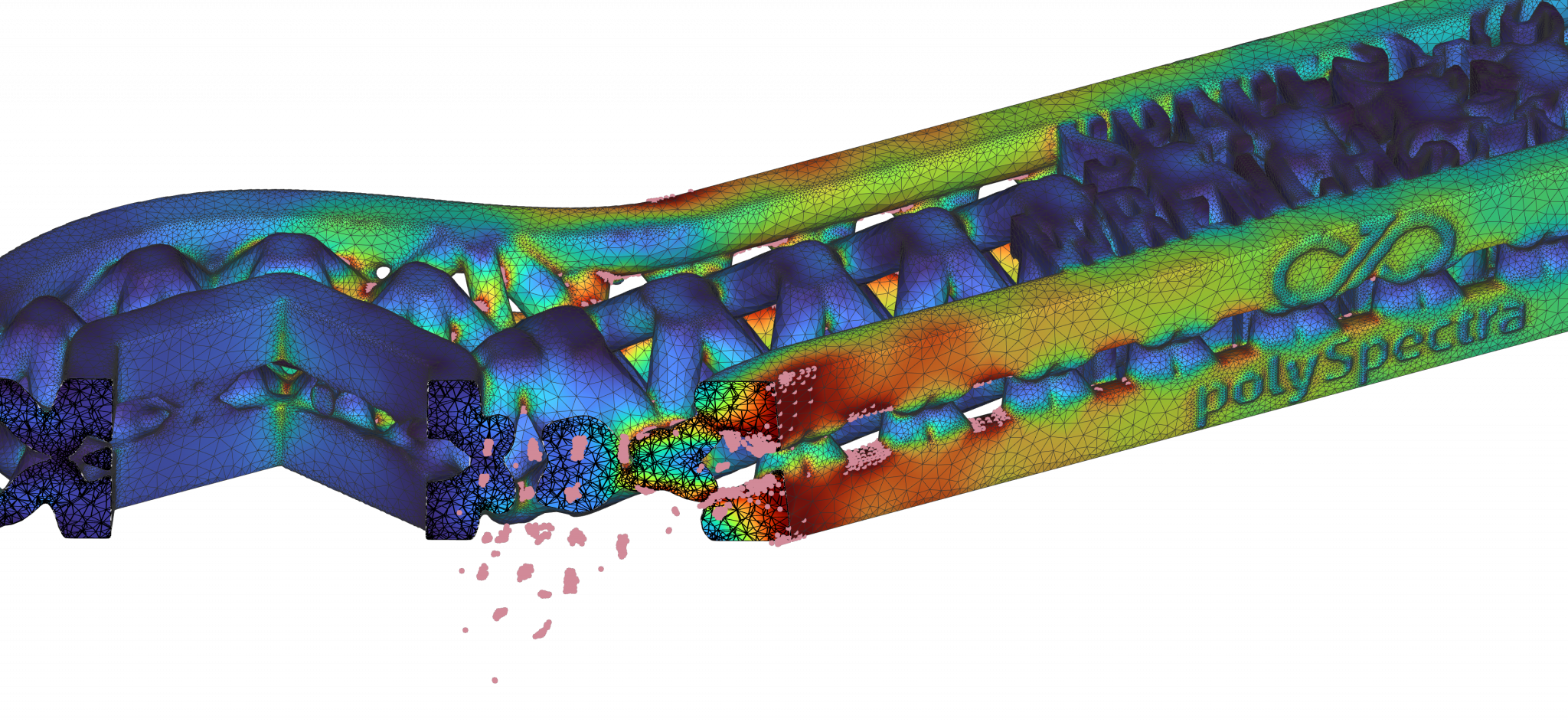
Finite element analysis experiment to failure of the _SpaceWrench in nTop.
We don’t want to give away the ending, so you’ll have to check out the webinar to see Raymond run from simulation to experimental failure. What we can say is that when we tested the strength of the _SpaceWrench, we found a very strong correlation between simulation and experiment.
But why does that matter?
It’s just a simulation. From our experiments, though, we can extrapolate some important takeaways. First, we can distinguish between stress- and strain-dominated failure modes, to observe the practical importance of using tough materials. This type of testing can help us find specific use cases where COR Alpha can serve as a metal replacement for lightweight aerospace components. We can extend this analysis to build our design allowables for direct 3D printing of production parts. As an example, we define the max torque of the _SpaceWrench, to directly answer the question that prompted this exploration.
polySpectra specializes in implicit design using nTop. Our design team has built up expertise in lattices, lightweighting, and triply-periodic structures. Our materials team brings a deep knowledge of chemistry and materials science to our design analysis. As a company, we have five years of experience in testing the thermomechanical, biological, and dielectric properties of production-grade additive materials. We understand that failure mode analysis is an important aspect of product design. That point of failure, like for the _SpaceWrench, isn’t a stopping point: it shows us just how far we can go with advanced design and true engineering-grade materials.
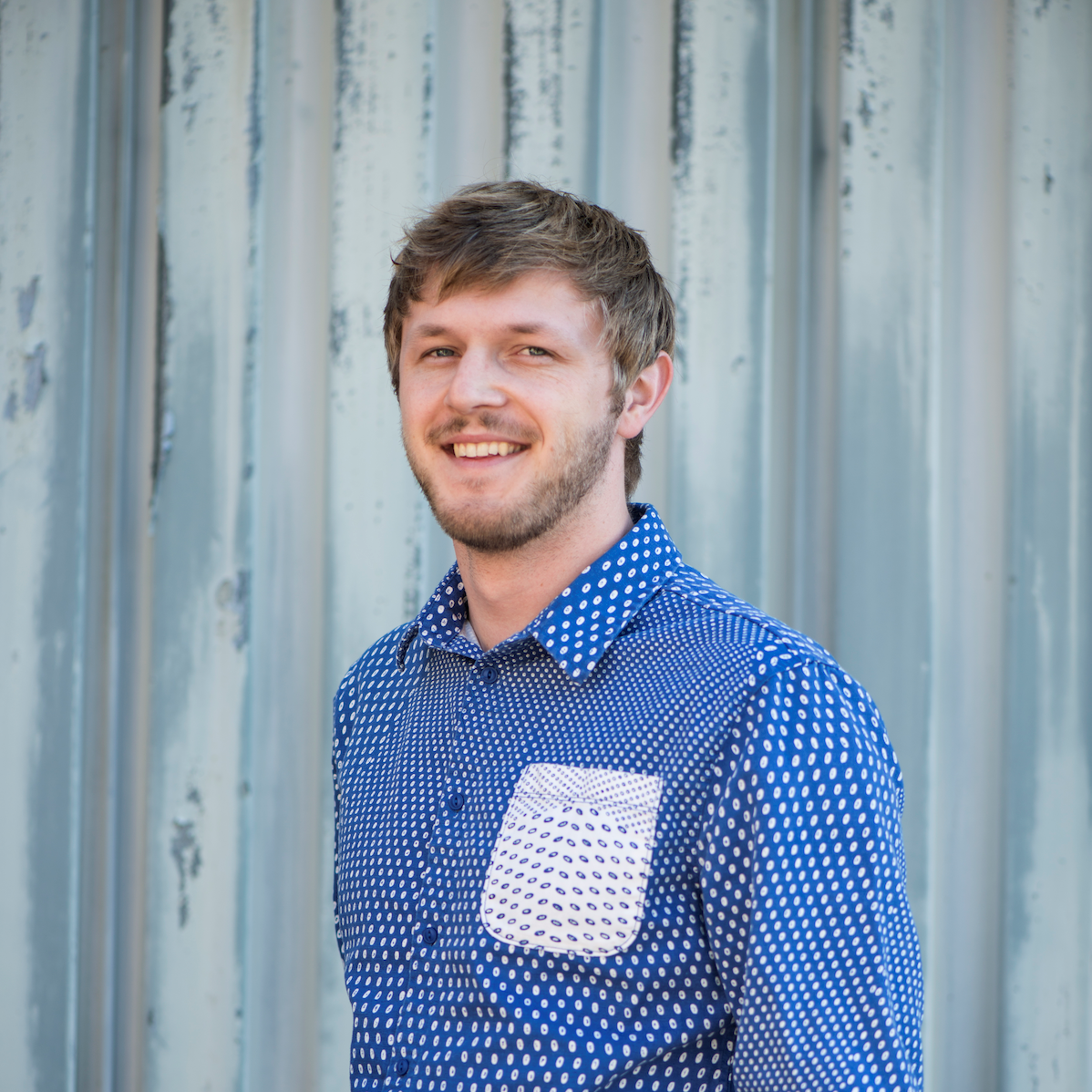
Raymond Weitekamp, PhD
Dr. Raymond Weitekamp is the founder and CEO of polySpectra, an advanced materials company on a mission to transform polymer 3D-printing from a prototyping aid into a production manufacturing tool. polySpectra's Cyclic Olefin Resins are based on a discovery Raymond made during his PhD research at Caltech, where he worked in the laboratories of Prof. Bob Grubbs and Prof. Harry Atwater. Raymond was a member of the founding cohort of Activate Fellows at Cyclotron Road, the groundbreaking hard technology innovation program. Prior to Caltech, Raymond received an A.B. in Chemistry from Princeton University. Outside of polySpectra, he is a co-founder of Cypris Materials, a startup with the mission to reinvent color using paintable photonic crystals. Additionally, Raymond curates PhDtoCEO.com, a website dedicated to helping scientists transition into entrepreneurship. He was recently recognized with the distinction of Forbes 30 under 30, and honored to have the opportunity to explain the environmental benefits of additive manufacturing to Bill Gates for the Netflix documentary "Inside Bill's Brain". Raymond is perhaps most famous for his strong distaste for traditional CAD software, which has recently blossomed into a clinically-diagnosed addiction to nTop Platform. Finally, Raymond is the host of Invent.FM, a digital media experiment in empowering inventors around the world.




